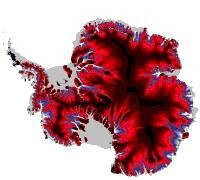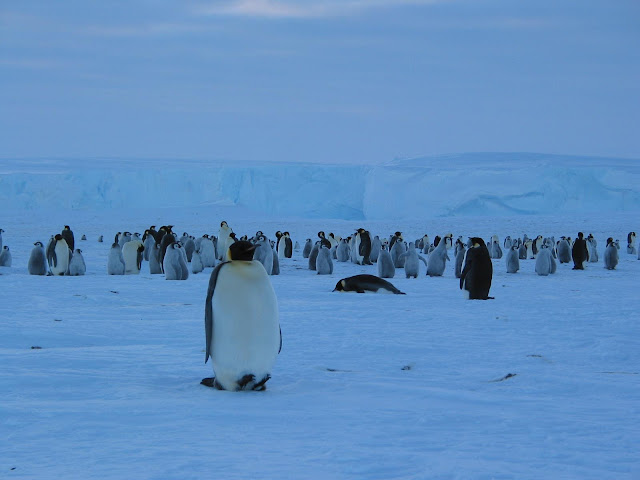About Me
A.Nageswara Rao, MSc., Ph.D.
Gelogist/Seismologist
NATIONAL GEOPHYSICAL RESEARCH INSTITUTE (NGRI)
Hyderabad
24th Indian scientific expedition to Antarctica 2004 - 2006 as winter member (Maitri)
28th Indian scientific expedition to Antarctica 2008-2009 as a winter member (Maitri)
30th Indian scientific expedition to Antarctica 2010-2011 as a summer member (Maitri)
Gelogist/Seismologist
NATIONAL GEOPHYSICAL RESEARCH INSTITUTE (NGRI)
Hyderabad
He has Participated as a scientist member of
24th Indian scientific expedition to Antarctica 2004 - 2006 as winter member (Maitri)
28th Indian scientific expedition to Antarctica 2008-2009 as a winter member (Maitri)
30th Indian scientific expedition to Antarctica 2010-2011 as a summer member (Maitri)
I stayed at Indian base station "MAITRI" for monitoring of Seismic activity and GPS Station.
"The expedition leader and Station commonder, (Dr. Rajesh Asthana) narrated that apart from his scientific duties he has involved in a many cultural activities in Maitri. Being a popular singer, Table tennis player and having all sorts of cultural and devotional activities, he kept all the members active and alert. All the expedition members are very happy with him."
As per My opinion (Dr. Rao) Antarctica is a place of purity having zero pollution and it is natural laboratory for the scientists. It was a great opportunity for me to be there at ANTARCTICA in a prestigious Indian Antarctica Expeditions which were conducted by NCAOR, Goa and DOD/MOeS, New Delhi.
It is my duty to express a special thanks to the then Directors of NGRI for providing an opportunity to go to Antarctica for Scientific Studies.
Subscribe to: Posts (Atom)
About Indian Expeditions
About Indian Expeditions
Dakshin Gangotri (DG)
India launched its first expedition to Antarctica in the year 1981, under the leadership of Dr. S.Z. Qasim, Secretary, Department of Ocean Development, Govt. of India. The expedition code named as : "Operation Gangotri" was undertaken in an ice-breaker M.V. Polar Circle chartered from A/S G.C. Reiber Bergen, Norway. Twenty-One scientists, technicians and naval personnel selected seven different institutions participated in the first Indian Antarctic Expedition. The ship set sail ;from Mormugao harbour on 6th December, 1981 and after 77 days covering a distance of 21 thousand kilometers, the ship finally returned back to Mormugao harbour on 21 February, 1982. The first permanent station known as "Dakshin Gangotri" was established during the third expedition, in the year 1983-84. It was under the able Leadership of Dr. Harsh Gupta, the then Director, CESS, Thiruvananthapuram. Twelve members wintered over in this station from March1, 1984 and returned to Goa on March 25, 1985. Since then India had been continuously launching the expeditions and sending the wintering members every year.
Dakshin Gangotri was built on IceShelf- Off Princess Astrid Coast in Central Dronning Maud Land (Lat. 70 05 37”S – Long. 12 00’ 00”E). It was established during the Third Expedition, in the year 1983-84. Burried under accumulated snow and was abandoned in the year 1990-91.
Maitri
In the year 1989 a new permanent station "Maitri" was established. Maitri lies at the 'Schirmacher Region' of East Antarctica at the 70 deg. 45 min. 58 sec. S Latitude and 11 deg. 43 min. 56 sec. E Longitude. The area of Schirmacher Oasis is around 35 sq.km.
















.JPG)
















